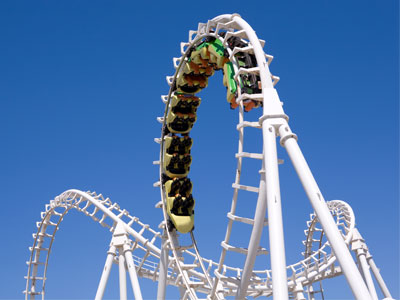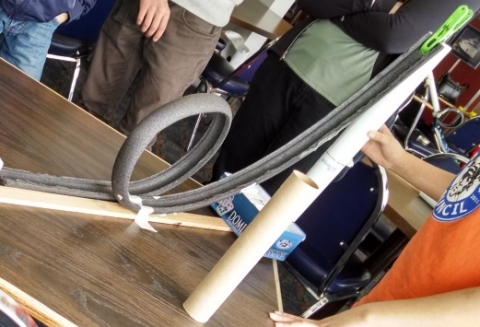How can I build a rollercoaster?

Rollercoaster in motion (Skyhobo - iStock)

Rollercoaster in motion (Skyhobo - iStock)
How does this align with my curriculum?
NS
8
Science Grade 8 (2020)
Learners will construct a device that utilizes hydraulics or pneumatics.
BC
2
Science Grade 2 (June 2016)
Big Idea: Materials can be changed through physical and chemical processes.
BC
K
Science K (June 2016)
Big Idea: Humans interact with matter every day through familiar materials.
NU
1
K-6 Science and Technology Curriculum (NWT, 2004)
Matter and Materials: Characteristics of Objects and Properties of Materials
NU
5
K-6 Science and Technology Curriculum (NWT, 2004)
Matter and Materials: Properties of and Changes in Matter
ON
K
The Kindergarten Program (2016)
13. use the processes and skills of an inquiry stance (i.e., questioning, planning, predicting, observing, and communicating)
PE
K
Science K (June 2016)
Big Idea: Humans interact with matter every day through familiar materials.
YT
2
Science Grade 2 (British Columbia, June 2016)
Big Idea: Materials can be changed through physical and chemical processes.
NT
1
K-6 Science and Technology Curriculum (NWT, 2004)
Matter and Materials: Characteristics of Objects and Properties of Materials
NT
5
K-6 Science and Technology Curriculum (NWT, 2004)
Matter and Materials: Properties of and Changes in Matter
PE
5
Integrated Curriculum Grade 5: Science (Draft 2023)
DK 1.3: Physical and chemical changes can assist us in daily life and improve the world around us.
AB
9
Knowledge and Employability Science 8, 9 (revised 2009)
Unit D: Electrical Principles and Technologies
BC
10
Science Grade 10 (March 2018)
Big Idea: Energy is conserved and its transformation can affect living things and the environment.
NU
11
Science 24 (Alberta, 2003, Updated 2014)
Unit B: Understanding Common Energy Conversion Systems
YT
10
Science Grade 10 (British Columbia, June 2016)
Big Idea: Energy is conserved and its transformation can affect living things and the environment.
NT
9
Knowledge and Employability Science 9 (Alberta, Revised 2009)
Unit D: Electrical Principles and Technologies
NT
11
Science 24 (Alberta, 2003, Updated 2014)
Unit B: Understanding Common Energy Conversion Systems
BC
6
Science Grade 6 (June 2016)
Big Idea: Newton’s three laws of motion describe the relationship between force and motion.
YT
6
Science Grade 6 (British Columbia, June 2016)
Big Idea: Newton’s three laws of motion describe the relationship between force and motion.

